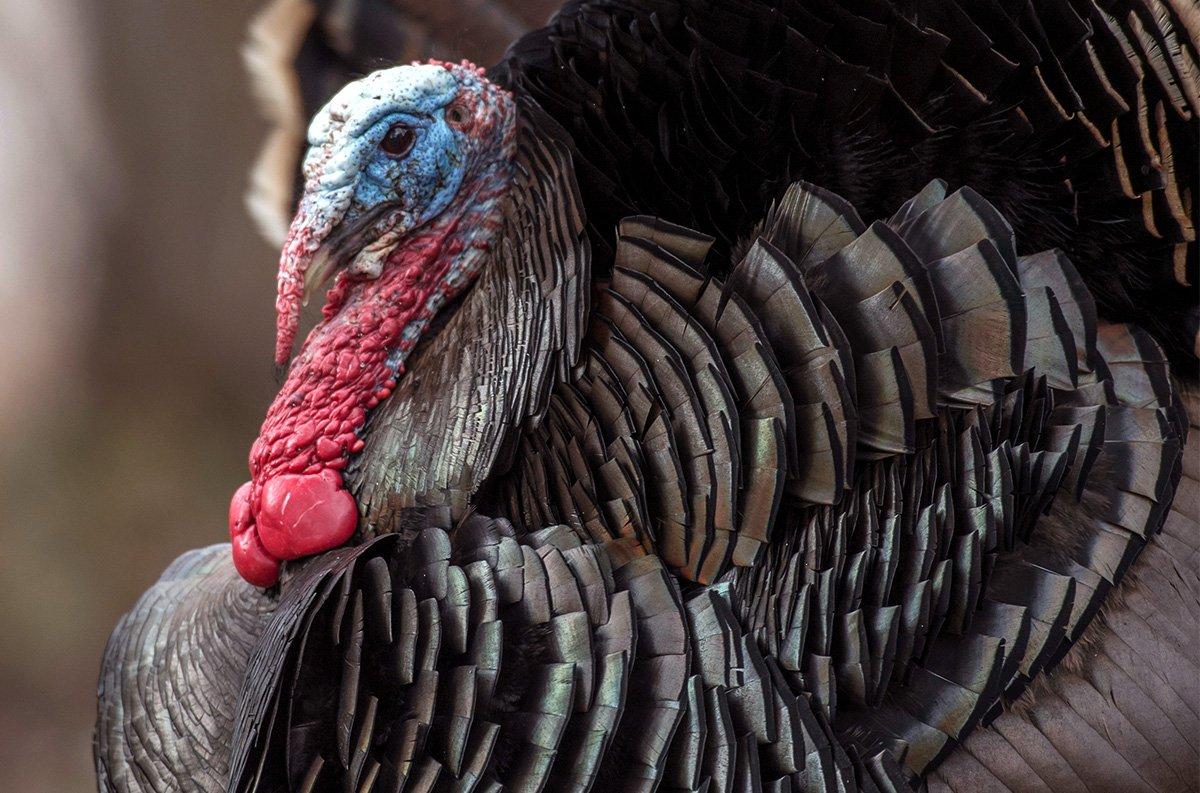Our annual roundup of population trends, management changes, and public-land availability
Want to know where to go out West, get some insider intel along the way, plus details on the current state populations of turkeys and last season's spring kill? Sure you do. Get your read on with our Turkey Hunting Nation updates for the dozen Western states, including available public lands.
Hawaii
It's as far west as a turkey hunter can go in the United States, right? If chasing gobblers at elevations of 6,000 to 10,000 feet in the morning and hanging out on white sandy beaches in the afternoon is your idea of a good trip, then Hawaii is for you. Locations where these Rio Grande turkeys live are high and dry.
Good public and private-land opportunities are available, sources say.
One note to consider though — as of this writing, wild turkey hunting is prohibited on the island of Oahu. The reason? According to officials, it's to allow populations to stabilize for future hunting opportunities.
More here: Hawaii Turkey Hunting Nation
Washington
The Washington Department of Fish and Wildlife tells us three subspecies of wild turkey are available in Washington: the Merriam's, Rio Grande, and Eastern.
Merriam's turkeys occupy portions of Ferry, Klickitat, Pend Oreille, Skamania, Stevens, Spokane, Okanogan, Chelan, Kittitas, and Yakima counties. Rio Grandes can be found in Asotin, Columbia, Garfield, Lincoln, Walla Walla, and Whitman counties. Easterns live in the Cascades in Cowlitz, Grays Harbor, Lewis, Mason, Pacific, Thurston, and Wahkiakum counties.
The generous three-bird spring limit gives the traveling hunter the opportunity to take all three subspecies in a single season (again, be sure to check location regulations).
More here: Washington Turkey Hunting Nation
Oregon
The Rogue Unit has the highest turkey harvest in the state, but hunters have to work hard to be successful. Hunter use there is increasing, with the second-highest hunting pressure in the state. A close second in terms of harvest is the Melrose Unit, where successful hunters required less time in the field, but a lack of public land can make access difficult (just 16% of Melrose is public, and some private land is tied up by leases).
The Beaver State is primarily home to the Rio Grande subspecies, some Merriam's, and a hybridization of the two.
More here: Oregon Turkey Hunting Nation
Idaho
Most birds are found to the north (near Bonners Ferry), and throughout the Panhandle all the way south to Boise, right along the Washington state line. Other pockets of turkeys include the regions outside the towns of Salmon, Challis, and Rexburg south to the Utah and Wyoming borders.
Hunt northeastern Washington and the Idaho Panhandle for the greatest turkey densities in this region.
More here: Idaho Turkey Hunting Nation
Montana
Turkey populations are located on both public and private ground throughout Montana.
Hunters continually find success in the Long Pines and Ashland areas of Custer National Forest in the southeast (wildfires moved through the upper third of this habitat a handful of years ago). Other good places to check out are the Missouri River Breaks and the Charles M. Russell National Wildlife Refuge in central Montana, and within the Intermountain Valley Region out west.
More here: Montana Turkey Hunting Nation
Wyoming
Like many states, Wyoming offers numerous walk-in areas, namely private ground that offers public-lease hunting rights. Properties in 14 counties provide this access and are often prime locations.
One of the most popular areas to hunt the Merriam's wild turkey is the Black Hills region.
More here: Wyoming Turkey Hunting Nation
What makes Realtree.com the best online resource for turkey hunters? See for yourself. We cover all things turkey right here.








